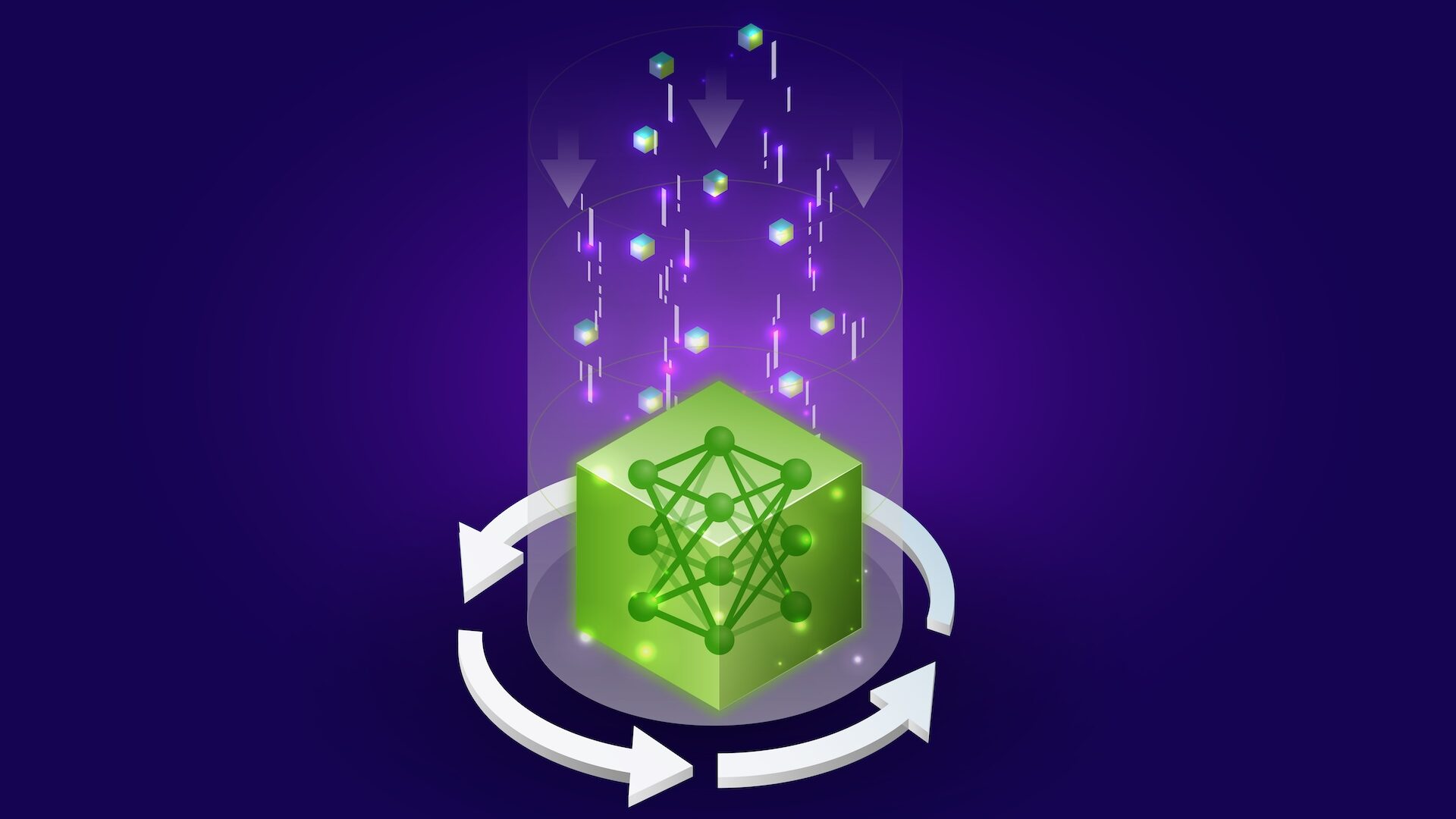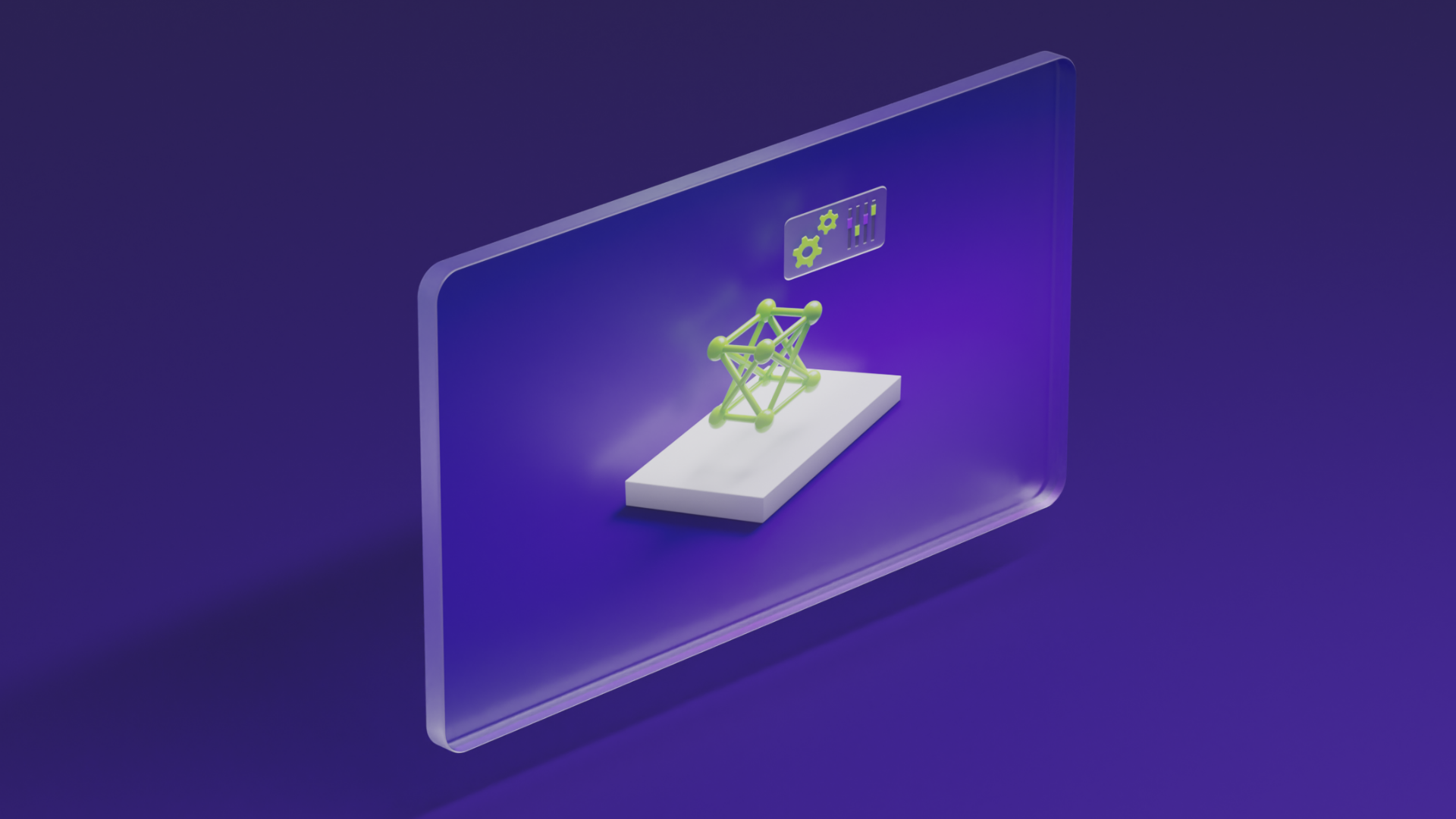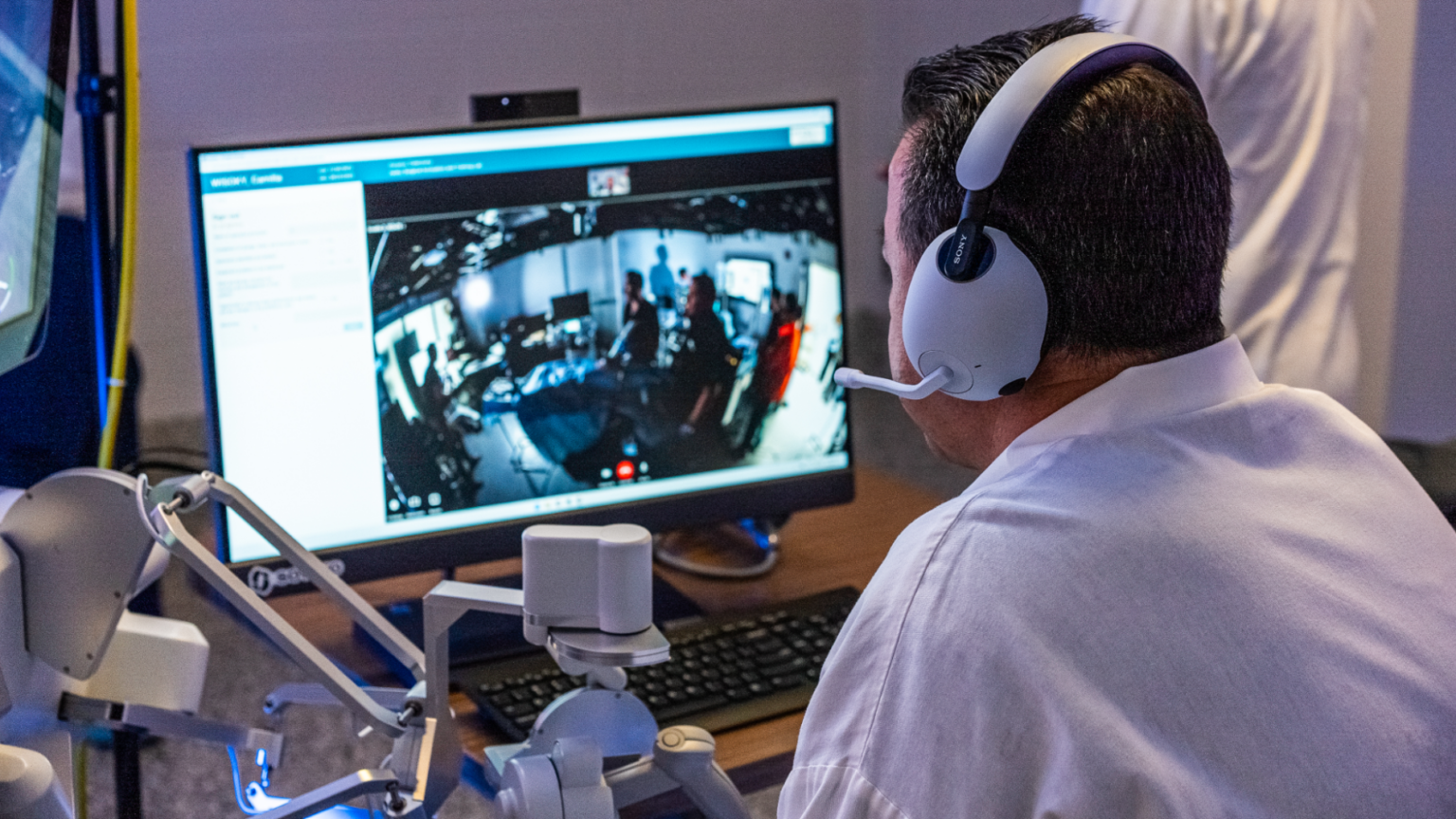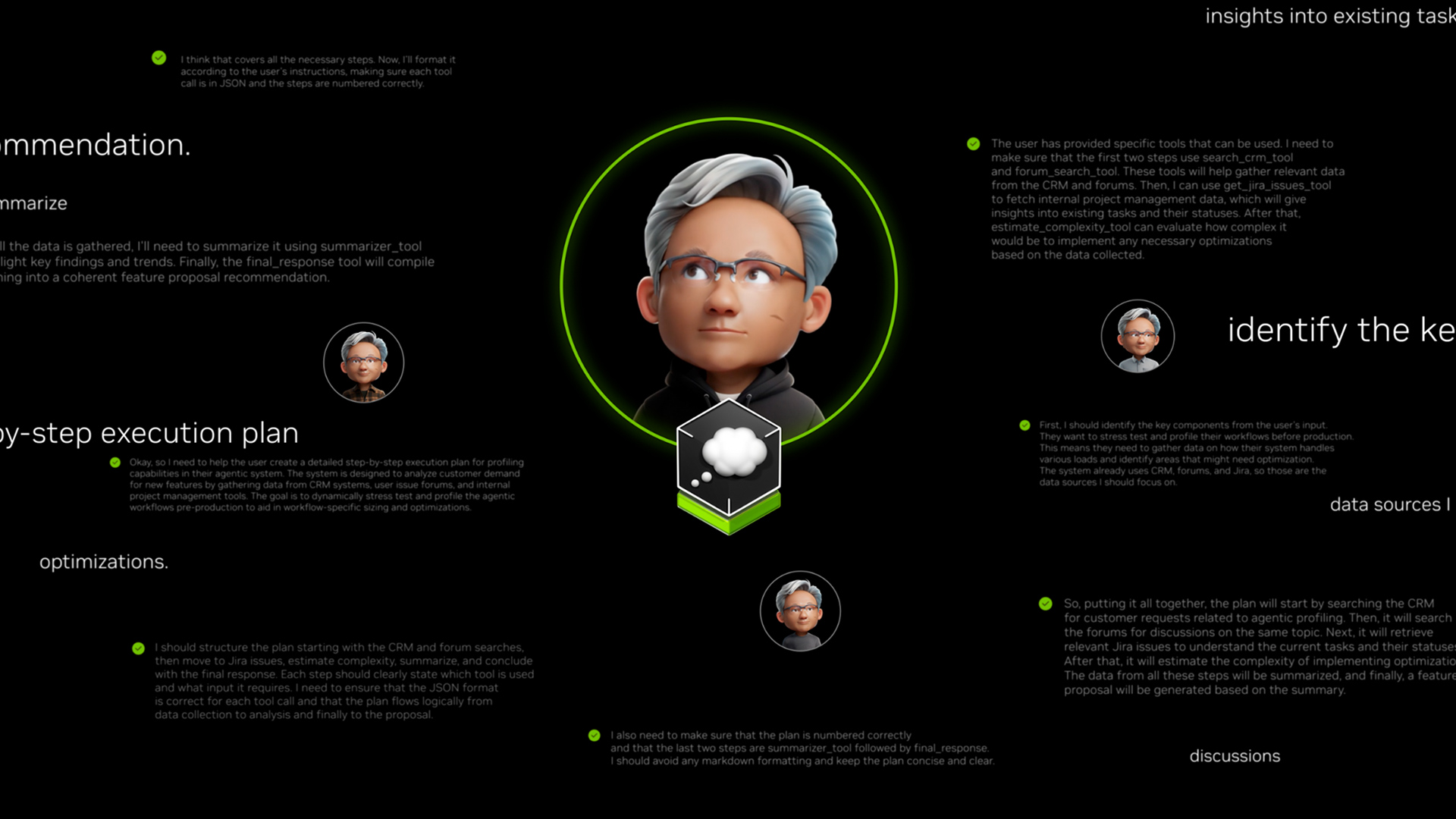
A Resource Overview: Measuring and Mitigating Gender Bias in AI
Sources: https://thegradient.pub/gender-bias-in-ai, https://thegradient.pub/gender-bias-in-ai/, The Gradient
Overview
Gender bias in AI is not only a reflection of real-world inequities but can be amplified by the data and models trained on that data. The Gradient piece provides a compact survey of influential work that seeks to uncover, quantify, and critique different aspects of gender bias in AI systems. It emphasizes that terms like AI, gender, and bias can be used loosely, and it aims to ground discussion in concrete benchmarks and results. The article spans legacy representations (word embeddings) through contemporary large language models (LLMs) and extends to vision tasks such as facial recognition and image generation. A central point is that measuring bias is a prerequisite for effective mitigation. Within the article, gender is discussed in binary terms (man/woman) with occasional neutral categorizations, and bias is framed as unequal, unfavorable, or unfair treatment of one group over another. The piece highlights a pattern common across many works: biases originate in training data and are then reflected or amplified by models downstream in sentiment analysis, ranking, translation, coreference, and generation tasks. The author surveys several representative efforts to quantify bias, evaluate its effects, and propose mitigation strategies. The broader takeaway is that there is still a long way to go — benchmarks are helpful but not exhaustive, and models can overfit to the biases those benchmarks reveal.
Key features
- A cross-sectional view of bias in multiple subfields: word embeddings, coreference resolution, QA benchmarks, facial recognition, and image generation.
- Demonstrated biases tied to data, architectures, and downstream tasks, with concrete examples from well-known studies.
- Acknowledgement of mitigation attempts and their limits, including debiasing word embeddings and training-data expansion.
- Emphasis on intersectionality and the need to consider multiple axes (e.g., gender and skin tone) when auditing models.
- Practical prompts to audit modern AI systems and a recognition that many gaps remain in current research and benchmarks.
- Mention of widely discussed datasets and benchmarks (e.g., BBQ for bias in QA and KoBBQ for non-English contexts) and notable real-world demonstrations in image generation (e.g., occupation portrayal in generated images).
- Call for tools that empower the public to probe models systematically while noting that industry progress can be driven by benchmarking pressure rather than holistic auditing.
Common use cases
- Audit and risk assessment of AI deployments to identify gender bias in downstream tasks such as sentiment analysis, ranking, and translation.
- Benchmarking the bias behavior of core NLP components (e.g., pronoun resolution) and examining gender associations with occupations.
- Evaluating bias in computer vision systems (facial recognition) and understanding how bias varies across skin tones and genders.
- Auditing image-generation models for representation biases and building tooling to understand how prompts map to outputs.
- Informing mitigation efforts by highlighting where data or modeling choices perpetuate harmful stereotypes.
- Informing policy and governance discussions around responsible deployment of AI technologies.
Setup & installation
These steps mirror how one would begin to engage with this topic using the provided article as a starting point and the datasets or papers it references. The article itself does not prescribe a single software setup, but several components are commonly used in this research space. The commands below illustrate how to access the original article and begin exploring related resources cited within it.
# Access the source article
curl -L https://thegradient.pub/gender-bias-in-ai/ -o gender_bias_in_ai.html# (Optional) Open the downloaded file with a text-based browser or viewer
# Depending on your environment, you may use: w3m gender_bias_in_ai.html or firefox gender_bias_in_ai.html# Quick sanity check: print the article URL to verify access
echo "Access the article at: https://thegradient.pub/gender-bias-in-ai/"Note: The article itself references several datasets and papers (e.g., word-embedding bias, coreference bias, BBQ/KoBBQ, and Gender Shades) and discusses high-level mitigation approaches. For hands-on experiments, you would typically locate the cited works and datasets and follow their respective setup guides.
Quick start
To illustrate the bias concept in a lightweight, self-contained way, here is a minimal runnable example that mirrors the kind of bias intuition described in the article (occupation-to-gender associations) without relying on any external models or data:
# Minimal toy demonstration of gender-occupation bias (toy example only)
# This is for instructional purposes: it encodes stereotypes as a simple mapping.
occupations = {
'programmer': 'man',
'nurse': 'woman',
'engineer': 'man',
'teacher': 'woman',
}
for occ, gender in occupations.items():
print(f"{occ} -> {gender}")
# Demonstrate a contrastive example that counters bias
counter = {'doctor': 'woman', 'pilot': 'woman'}
print('Counterexamples:')
for occ, gender in counter.items():
print(f"{occ} -> {gender}")This tiny script prints simple mappings that reflect stereotypes and then juxtaposes counterexamples. In real AI systems, bias manifests in statistical associations learned from data and evaluated through benchmarks like those summarized in the article. The quick-start example is intentionally trivial but serves to illustrate the logic of bias measurement and the need for robust evaluation.
Pros and cons
- Pros
- Brings attention to a broad spectrum of biases across NLP, CV, and generation models.
- Emphasizes the need to quantify bias before attempting mitigation.
- Highlights how bias can propagate through downstream tasks and affect real-world outcomes.
- Provides concrete case studies (e.g., word embeddings, coreference, BBQ/KoBBQ, and image generation) to guide researchers and practitioners.
- Cons
- The field comprises diverse definitions of bias, which can hamper apples-to-apples comparisons.
- Some mitigation methods (e.g., debiasing word embeddings) do not directly apply to complex transformer-based systems.
- Benchmarks may cause models to optimize for specific biases at the expense of broader fairness goals.
- The article notes gaps and the risk of focusing on binary gender definitions while neglecting more fluid or intersectional identities.
Alternatives (brief comparisons)
- Word embeddings debiasing (early work): method to reduce gendered analogies by operating on a gender subspace, while preserving benign analogies. This approach is well-suited for embeddings but not readily transferable to modern large language models.
- Coreference bias evaluation: studies that examine pronoun resolution and occupation associations, highlighting disparities in predictions across gendered pronouns. Useful for grammar and translation tasks and for broader bias auditing.
- Benchmark datasets for QA bias (BBQ) and cross-language variants (KoBBQ): provide automatable means to measure bias in generative or understanding tasks and to study cultural context. They are useful for cross-lingual fairness work.
- Image-generation bias audits (DALL·E 2, Stable Diffusion, Midjourney): reveal representation biases in visual outputs, particularly around occupation roles and demographic attributes. These tools underscore the need for systematic auditing as image-generation technologies scale.
- Facial recognition bias studies (intersectional): demonstrate how bias can be worse for combinations of attributes (e.g., darker skin tone with female gender) and motivate data-collection and evaluation reforms. | Area | Focus | Benefit |--- |--- |--- |Word embeddings debiasing | Reducing gender bias in vector space | Clear, mathematical mitigation for embeddings; limited transfer to full models |Coreference bias | Pronoun-occupation associations | Improves understanding of gendered language tasks; relevant to translation |BBQ/KoBBQ | Bias benchmarks for QA across languages | Automatable bias measurement across contexts and languages |Image-generation bias | Representation in prompts and outputs | Highlights risks as artifact quality improves; supports auditing tooling |
Setup & installation (alternatives)
- Access the article and its references as a starting point for further exploration.
- For hands-on experiments, locate the datasets and papers cited in the article (word embeddings, BBQ/KoBBQ, Gender Shades) and follow their official setup guides.
Licensing and terms
- Licensing details are not explicitly provided in the article itself. The text is a survey published by The Gradient; check the original page for any licensing notes accompanying the publication.
References
- A Brief Overview of Gender Bias in AI — The Gradient: https://thegradient.pub/gender-bias-in-ai/
More resources
CUDA Toolkit 13.0 for Jetson Thor: Unified Arm Ecosystem and More
Unified CUDA toolkit for Arm on Jetson Thor with full memory coherence, multi-process GPU sharing, OpenRM/dmabuf interoperability, NUMA support, and better tooling across embedded and server-class targets.
Cut Model Deployment Costs While Keeping Performance With GPU Memory Swap
Leverage GPU memory swap (model hot-swapping) to share GPUs across multiple LLMs, reduce idle GPU costs, and improve autoscaling while meeting SLAs.
Fine-Tuning gpt-oss for Accuracy and Performance with Quantization Aware Training
Guide to fine-tuning gpt-oss with SFT + QAT to recover FP4 accuracy while preserving efficiency, including upcasting to BF16, MXFP4, NVFP4, and deployment with TensorRT-LLM.
How Small Language Models Are Key to Scalable Agentic AI
Explores how small language models enable cost-effective, flexible agentic AI alongside LLMs, with NVIDIA NeMo and Nemotron Nano 2.
Getting Started with NVIDIA Isaac for Healthcare Using the Telesurgery Workflow
A production-ready, modular telesurgery workflow from NVIDIA Isaac for Healthcare unifies simulation and clinical deployment across a low-latency, three-computer architecture. It covers video/sensor streaming, robot control, haptics, and simulation to support training and remote procedures.
How to Scale Your LangGraph Agents in Production From a Single User to 1,000 Coworkers
Guidance on deploying and scaling LangGraph-based agents in production using the NeMo Agent Toolkit, load testing, and phased rollout for hundreds to thousands of users.





